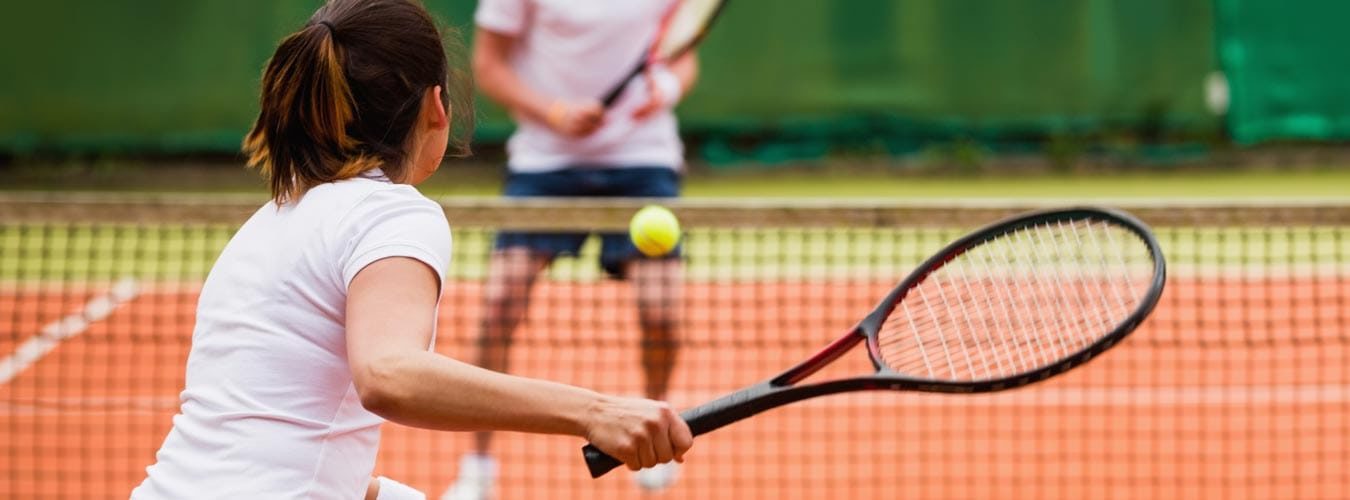
Footwork is one of the most critical yet often overlooked aspects of tennis. While many players focus on improving their serve or perfecting their backhand, mastering footwork is essential for staying agile, maintaining balance, and positioning yourself optimally for every shot. With the right techniques, you can move more efficiently on the court, conserve energy, and elevate your overall game.
Whether you’re a beginner or an advanced player, refining your footwork can significantly impact your performance. It allows you to react quickly to your opponent’s shots, maintain control during rallies, and execute powerful strokes from any part of the court. In this article, we will explore key tennis footwork techniques that can help you boost your agility, speed, and precision on the court.
From basic steps to more advanced movements, footwork training can improve your ability to anticipate shots and recover quickly between plays. By integrating these techniques into your practice routine, you’ll be able to cover more ground with less effort, ensuring that you’re always in the best position to strike. Let’s dive into the essential footwork techniques every tennis player should know.
Mastering the Split Step: The Foundation of Effective Tennis Footwork
The split step is one of the most fundamental elements of tennis footwork. It is a small jump or hop that players use to prepare themselves to react quickly to their opponent’s shots. Mastering this technique can drastically improve your agility on the court, enabling you to move in any direction with speed and precision.
Though it may seem simple, the split step is a skill that requires timing, balance, and consistency. Whether you’re a beginner or an advanced player, refining your split step can lay the groundwork for more advanced footwork techniques and help you reach balls more efficiently during matches.
Why the Split Step is Crucial for Footwork
Balance and readiness are
Tennis Footwork Techniques: Improving Lateral Movement for Better Court Coverage
Lateral movement is essential for tennis players aiming to cover the court effectively. Mastering side-to-side movement allows players to reach wide shots quickly and maintain balance during rallies. Improving lateral footwork not only enhances your court coverage but also helps you recover faster, putting you in a better position for the next shot.
Whether you’re chasing down a cross-court forehand or returning a wide serve, efficient lateral movement keeps you in control of the point. By focusing on agility, speed, and positioning, you can significantly improve your ability to respond to your opponent’s shots, even from tough angles.
Key Techniques to Improve Lateral Movement
- Side Shuffle: The side shuffle is a basic movement that keeps your body low and balanced while moving across the court. Focus on quick, small steps and avoid crossing your feet to stay agile.
How to Develop Agility and Speed with Dynamic Footwork Drills
To elevate your tennis performance, agility and speed are crucial components that can give you a competitive edge. By incorporating dynamic footwork drills into your routine, you will not only improve your movement across the court but also enhance your ability to react quickly during matches.
Footwork drills should focus on improving coordination, balance, and reflexes. With consistent practice, you can train your body to move more efficiently and increase your overall agility, allowing you to cover more ground on the court with ease.
Conclusion
Incorporating dynamic footwork drills into your training can significantly improve your tennis agility and speed. From lateral shuffles to split-step exercises, these drills are designed to fine-tune your movement and enhance your on-court responsiveness.
By committing to regular practice and focusing on proper form, you will not
